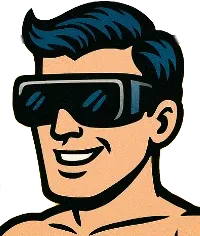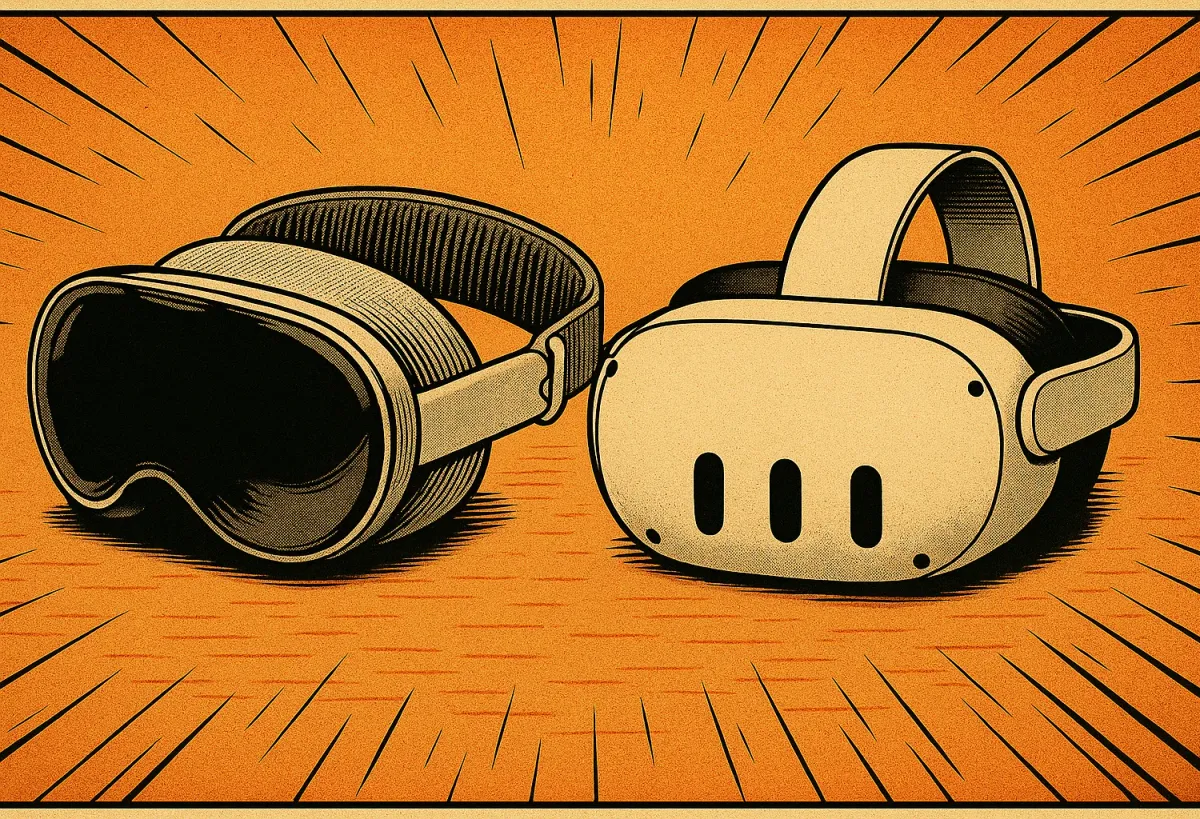The Battle of Interfaces: Vision Pro's VisionOS vs Quest 3's XR Hub
In the ever-evolving landscape of mixed reality, two titans are vying for supremacy: Apple's Vision Pro and its VisionOS platform, and Meta's Quest 3 with its XR Hub. Both promise to redefine how we interact with the digital world, but how do they really compare? Let’s dive into the nuts and bolts of these ecosystems.
Navigating New Realities
VisionOS offers a seamless integration with iOS, promising an intuitive experience for those already entrenched in the Apple ecosystem. Its navigation paradigm leverages eye, hand, and face tracking, creating a highly interactive environment where your gaze is the cursor and your hand is the controller. Imagine flicking your wrist to scroll through emails or locking eyes on an icon to open an app—futuristic, right?
XR Hub on the Quest 3, meanwhile, focuses on hand tracking and controller inputs, providing a more traditional VR experience. While it may seem less advanced compared to Vision Pro's eye tracking, the tactile feedback from controllers can offer a sense of precision that some users might prefer.
Winner: It depends on your preference. If you’re an Apple fan, VisionOS feels like a natural extension of your current devices. If you lean towards a traditional VR experience, XR Hub might feel more familiar and comfortable.
Gestures and Voices — The New Clicks and Taps
When it comes to gesture control, VisionOS takes the lead. With its full-color, high-res passthrough and advanced tracking capabilities, the Vision Pro can detect subtle movements, allowing for a more fluid interaction.
Voice control in VisionOS integrates with Siri, offering robust voice command functionality. Meanwhile, XR Hub employs Meta's voice assistant, which is competent but sometimes struggles with contextual commands.
Winner: VisionOS, for its advanced gesture control and seamless Siri integration. However, XR Hub’s voice assistant is no slouch, especially when paired with the right settings.
Developer Insights: Building the Future
Developers designing for VisionOS appreciate the robust toolkit Apple provides, which includes extensive support for iOS apps. This means a shorter learning curve and quicker deployment for those already coding within the Apple ecosystem.
On the other hand, XR Hub’s open architecture gives developers more freedom to experiment and innovate, albeit at the cost of a steeper learning curve.
Winner: A draw. VisionOS is perfect for developers who value a structured environment, while XR Hub appeals to those looking for creative freedom.
User Feedback: Easy or Overwhelming?
Users of Vision Pro praise its ease of use, highlighting how the device feels like an extension of their body. The learning curve is gentle, particularly for those familiar with Apple products.
Quest 3 users enjoy the straightforward interface of XR Hub but note that it can feel overwhelming due to the sheer volume of features and settings.
Winner: VisionOS edges out slightly due to its user-friendly design, especially for Apple aficionados.
Accessibility and Inclusivity
Both headsets prioritize accessibility, but in distinct ways. Vision Pro's Optic ID and voice control enhance usability for individuals with mobility challenges. Meanwhile, Quest 3’s extensive customization options allow users to tailor the experience to their needs.
Winner: Both platforms deserve kudos. VisionOS excels in seamless integration, while XR Hub offers unmatched customization.
Final Thoughts
Choosing between VisionOS and XR Hub boils down to personal preference. Are you looking for a sleek, Apple-centric device with cutting-edge tracking and seamless integration? The Vision Pro should be your go-to. Prefer a more hands-on, customizable experience? Check out the Quest 3.
Both devices are pushing the boundaries of what's possible in mixed reality, making this an exciting time for tech enthusiasts, gamers, and productivity seekers alike. Whether you're in it for work or play, there's never been a better time to explore what these platforms have to offer. So, are you ready to step into the future?



Member discussion: